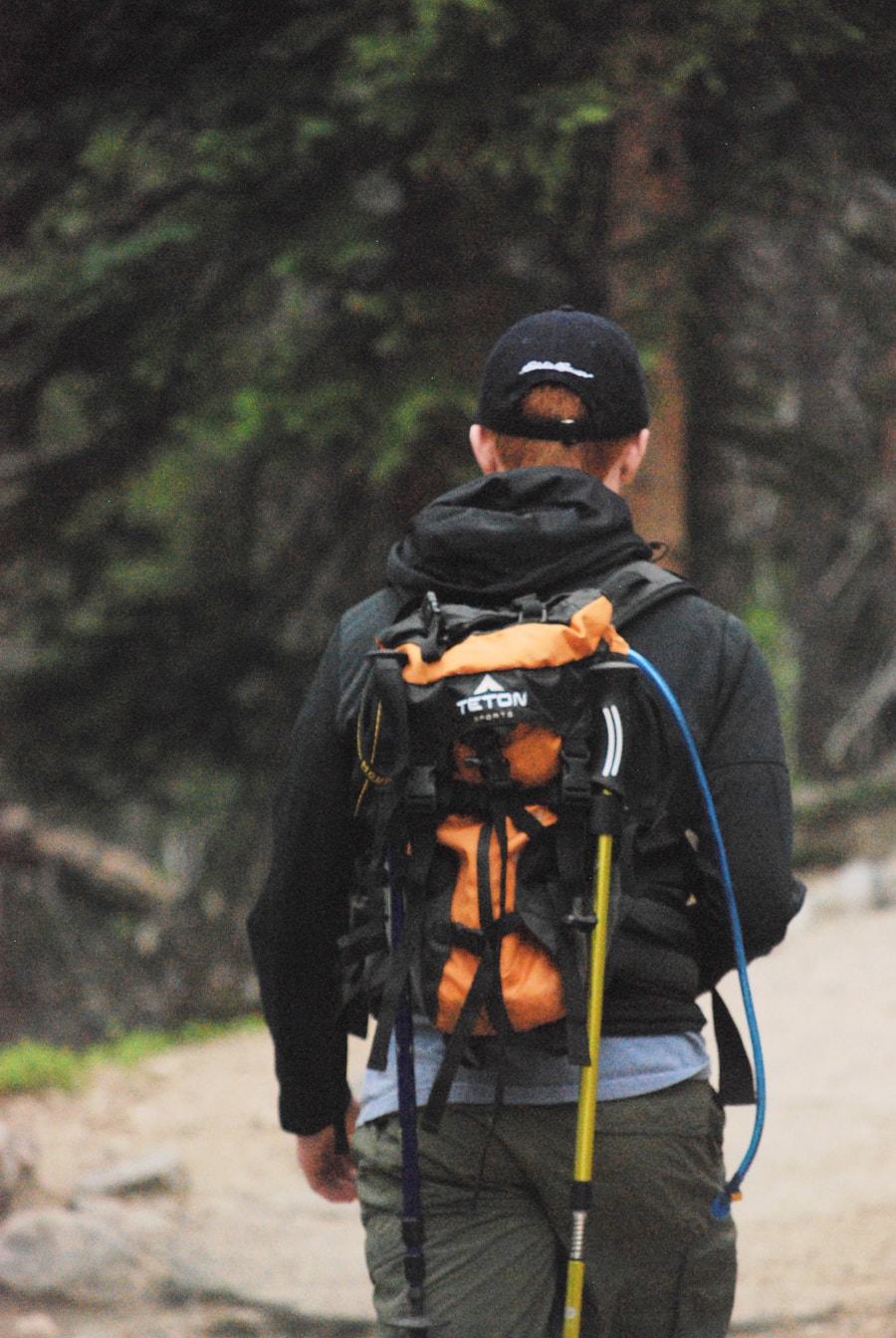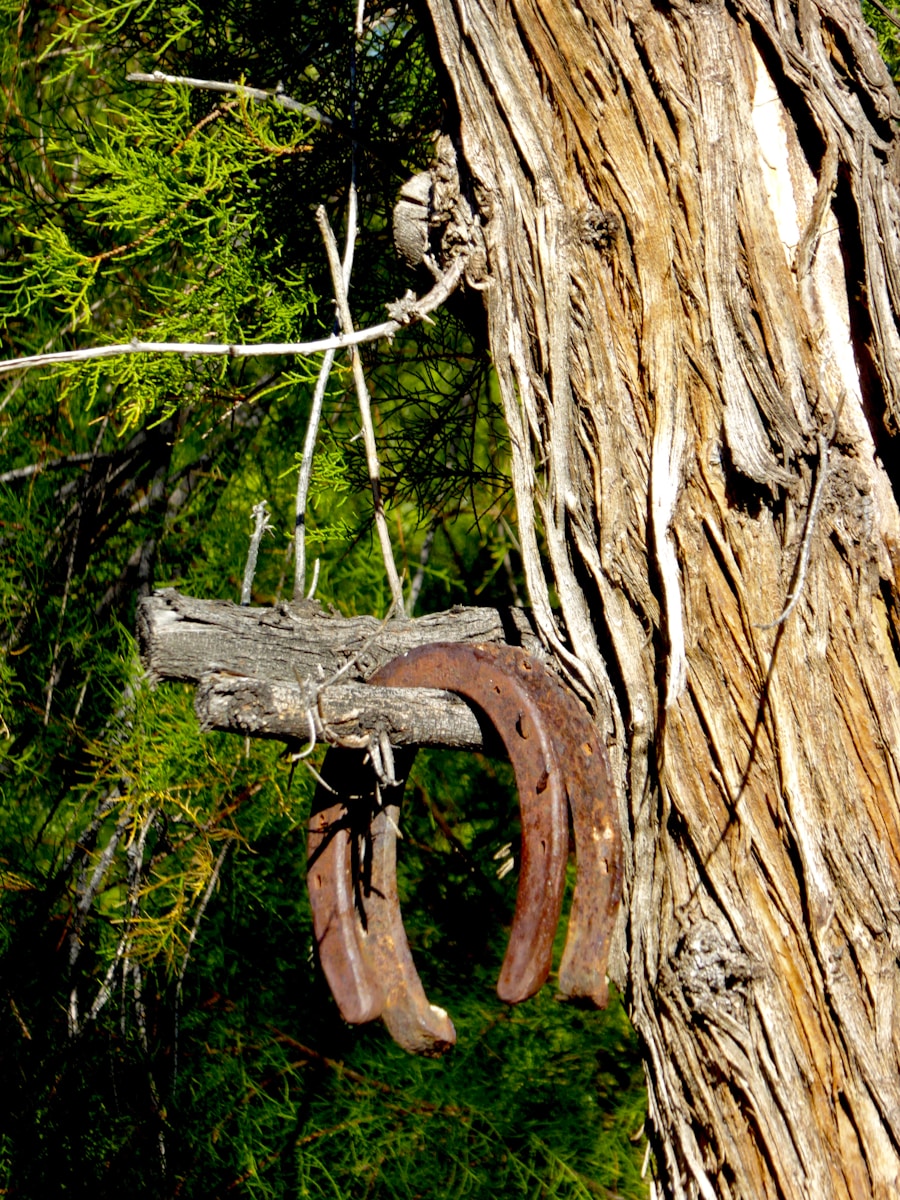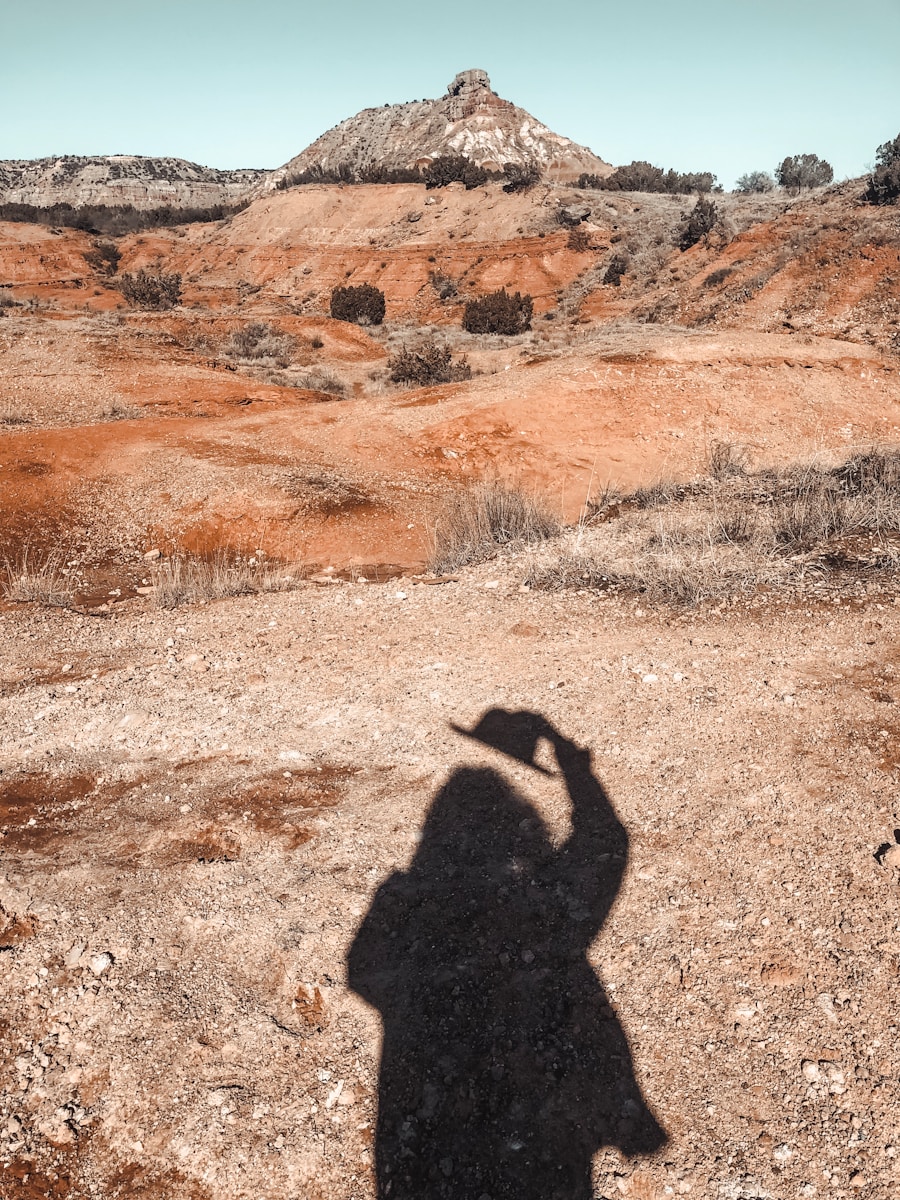California’s gun laws are among the most stringent in the United States, reflecting the state’s commitment to public safety while balancing the rights of responsible gun owners. The legal framework governing firearms in California is complex, encompassing a variety of regulations that dictate everything from the purchase and ownership of firearms to their use in public spaces. One of the key aspects of California’s gun laws is the requirement for background checks for all firearm purchases, including private sales.
This measure aims to prevent individuals with criminal backgrounds or mental health issues from obtaining firearms, thereby enhancing community safety. In addition to background checks, California imposes restrictions on certain types of firearms, such as assault weapons and high-capacity magazines. The state has a defined list of prohibited weapons, which includes specific models and features that are deemed too dangerous for civilian use.
Furthermore, California law mandates that all firearms be registered with the state, creating a comprehensive database that law enforcement can access. This registration process is crucial for tracking firearms and ensuring that they are not used in criminal activities. Understanding these laws is essential for anyone considering carrying a firearm while hiking in California, as ignorance of the law is not a valid defense against prosecution.
Key Takeaways
- California has strict gun laws, including requirements for background checks, waiting periods, and restrictions on certain types of firearms and accessories.
- Carrying a firearm in California requires a permit, and there are specific regulations for open and concealed carry.
- When hiking with a gun, it’s important to prioritize safety by ensuring the firearm is properly secured and inaccessible to unauthorized individuals.
- Violating California’s gun laws can result in serious legal consequences, including fines, imprisonment, and loss of firearm rights.
- Consider alternatives to carrying a gun while hiking, such as bear spray or noise-making devices, and familiarize yourself with local wildlife and safety protocols.
Permits and Regulations for Carrying Firearms
When it comes to carrying firearms in California, the regulations vary significantly depending on whether one is seeking to carry openly or concealed. Open carry is largely prohibited in urban areas, while concealed carry permits, known as Carry Concealed Weapon (CCW) permits, are available but require applicants to meet specific criteria. To obtain a CCW permit, individuals must demonstrate “good cause,” complete a background check, and undergo training that includes firearm safety and handling.
The issuance of these permits is at the discretion of local law enforcement agencies, leading to a patchwork of regulations across different counties. In addition to obtaining a CCW permit, individuals must also be aware of the specific locations where carrying a firearm is prohibited. For instance, carrying a firearm in national parks, schools, and government buildings is strictly forbidden.
Even when hiking in areas where carrying a firearm is permitted, individuals must adhere to regulations regarding how the firearm is carried—whether it is holstered or stored in a backpack—and ensure that it is not readily accessible to unauthorized persons. Understanding these nuances is critical for responsible gun owners who wish to enjoy California’s vast wilderness while remaining compliant with state laws.
Safety Considerations for Hiking with a Gun

Hiking with a firearm introduces unique safety considerations that must be taken into account to ensure the well-being of both the gun owner and fellow hikers. One of the primary concerns is the proper handling and storage of the firearm during the hike. It is essential to use a secure holster that allows for quick access while also preventing accidental discharges.
Additionally, hikers should be mindful of their surroundings and avoid drawing their weapon unless absolutely necessary. This practice not only promotes personal safety but also helps maintain a peaceful environment for others enjoying the outdoors. Another critical aspect of safety when hiking with a gun is understanding the potential wildlife encounters that may occur in California’s diverse ecosystems.
While some hikers may carry firearms for protection against aggressive animals such as bears or mountain lions, it is important to recognize that most wildlife encounters can be managed through non-lethal means. Educating oneself about bear safety techniques or how to react during a mountain lion sighting can often negate the need for using a firearm altogether. Moreover, hikers should always be aware of their surroundings and avoid hiking alone in remote areas where wildlife encounters are more likely.
Potential Risks and Legal Consequences
| Category | Potential Risks | Legal Consequences |
|---|---|---|
| Financial | Market volatility, economic downturn | Lawsuits, fines, regulatory penalties |
| Operational | Supply chain disruptions, technology failures | Contractual disputes, liability claims |
| Compliance | Non-compliance with regulations, data breaches | Legal actions, reputational damage |
| Environmental | Natural disasters, pollution incidents | Environmental lawsuits, fines |
Carrying a firearm while hiking carries inherent risks that extend beyond personal safety concerns. One significant risk involves the potential for accidental discharges, which can result in serious injury or death. Even experienced gun owners can make mistakes under stress or in unfamiliar environments.
The legal consequences of such incidents can be severe, including criminal charges ranging from negligence to manslaughter, depending on the circumstances surrounding the incident. Therefore, it is imperative for gun owners to practice safe handling techniques and remain vigilant throughout their hike. Additionally, there are legal ramifications associated with brandishing or using a firearm inappropriately during a hike.
California law prohibits the use of firearms in a reckless manner, which can include firing a weapon without just cause or threatening others with a firearm. Engaging in such behavior can lead to criminal charges and loss of gun ownership rights. Furthermore, even if an individual believes they are justified in using their firearm for self-defense, they may still face legal scrutiny following an incident.
Understanding these potential risks and legal consequences is crucial for anyone considering carrying a firearm while hiking in California.
Alternatives to Carrying a Gun While Hiking
For those who may feel uncomfortable with the idea of carrying a firearm while hiking, there are several alternatives that can provide peace of mind without the associated risks of gun ownership. One popular option is to carry bear spray or other non-lethal deterrents designed specifically for wildlife encounters. Bear spray has been shown to be effective in deterring aggressive animals and can be used safely by individuals without extensive training.
Additionally, many hikers opt for personal alarms or noise-making devices that can help scare off wildlife or alert others in case of an emergency. Another alternative is to focus on preventive measures that enhance personal safety while hiking. This includes hiking in groups, staying on well-marked trails, and informing someone about your hiking plans before heading out.
Carrying a first aid kit and knowing basic first aid techniques can also be invaluable in case of an emergency. By prioritizing safety through preparation and awareness rather than relying solely on firearms, hikers can enjoy their outdoor experiences with greater confidence and less anxiety.
Resources for Learning More About Gun Laws in California

For those seeking to deepen their understanding of California’s gun laws and regulations, numerous resources are available that provide comprehensive information. The California Department of Justice maintains an official website that outlines current laws regarding firearms, including details on purchasing, ownership, and carrying firearms within the state. This resource is invaluable for anyone looking to stay informed about changes in legislation or specific requirements for gun ownership.
Additionally, local law enforcement agencies often provide information on obtaining CCW permits and may offer educational programs on firearm safety and responsible ownership. Organizations such as the National Rifle Association (NRA) also provide resources and training courses focused on safe gun handling practices and legal considerations for gun owners. Engaging with these resources can empower individuals to make informed decisions about their rights and responsibilities as gun owners in California.
Tips for Responsible Gun Ownership and Use
Responsible gun ownership encompasses more than just compliance with legal requirements; it involves a commitment to safety and ethical behavior at all times. One fundamental tip for responsible ownership is to undergo regular training and practice with your firearm. Familiarity with your weapon enhances your ability to handle it safely and effectively in various situations.
Many shooting ranges offer classes tailored to different skill levels, providing opportunities for both novice and experienced shooters to refine their skills. Another critical aspect of responsible gun ownership is secure storage when not in use. Firearms should always be stored in locked safes or cabinets to prevent unauthorized access, particularly by children or inexperienced individuals.
Additionally, using trigger locks can provide an extra layer of security against accidental discharges. Regularly reviewing safety protocols with family members or others who may have access to your firearms fosters a culture of responsibility and awareness within your household.
Making Informed Decisions About Carrying a Gun While Hiking
Navigating the complexities of carrying a firearm while hiking in California requires careful consideration of legal regulations, safety practices, and personal responsibility. By understanding the state’s stringent gun laws and obtaining the necessary permits, individuals can ensure they are compliant while enjoying their outdoor adventures. Moreover, prioritizing safety through proper handling techniques and awareness of potential risks can significantly reduce the likelihood of accidents or legal issues arising from firearm use.
Ultimately, whether one chooses to carry a firearm or explore alternative safety measures while hiking, making informed decisions based on thorough research and education is paramount. Engaging with available resources and committing to responsible ownership practices will not only enhance personal safety but also contribute positively to the broader community of outdoor enthusiasts in California’s beautiful landscapes.
If you’re considering taking your gun hiking in California, you may also be interested in learning about the best time to travel to the Maldives. This article provides a seasonal guide to help you plan your trip to this beautiful destination. Whether you’re exploring the great outdoors in California or relaxing on the beaches of the Maldives, it’s important to be prepared and informed for a safe and enjoyable experience.
FAQs
Is it legal to carry a gun while hiking in California?
Yes, it is legal to carry a gun while hiking in California, but there are specific regulations and restrictions that must be followed.
What are the regulations for carrying a gun while hiking in California?
In California, individuals must have a valid concealed carry permit to carry a loaded firearm while hiking. Open carry of firearms is generally prohibited in the state.
Are there any restrictions on where I can carry a gun while hiking in California?
While hiking in California, individuals are prohibited from carrying firearms in certain areas, such as national parks, wildlife refuges, and other federally managed lands. It is important to research and understand the specific regulations for the area in which you plan to hike.
What are the penalties for violating gun regulations while hiking in California?
Violating gun regulations while hiking in California can result in serious legal consequences, including fines, confiscation of firearms, and potential criminal charges.
Are there any additional considerations for carrying a gun while hiking in California?
It is important for individuals to familiarize themselves with California’s gun laws, including storage and transportation requirements, before carrying a firearm while hiking. Additionally, it is crucial to practice safe and responsible gun handling at all times.
